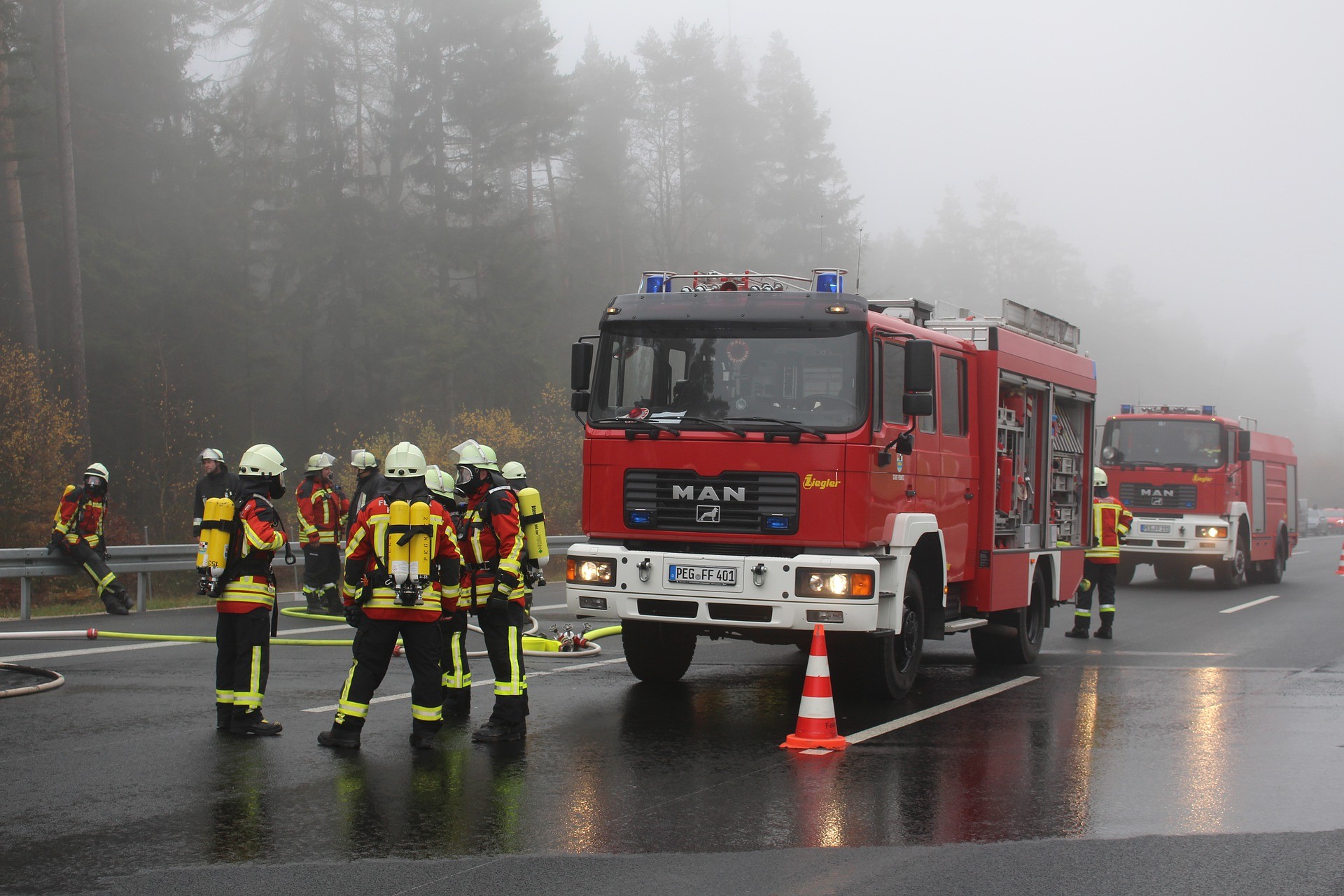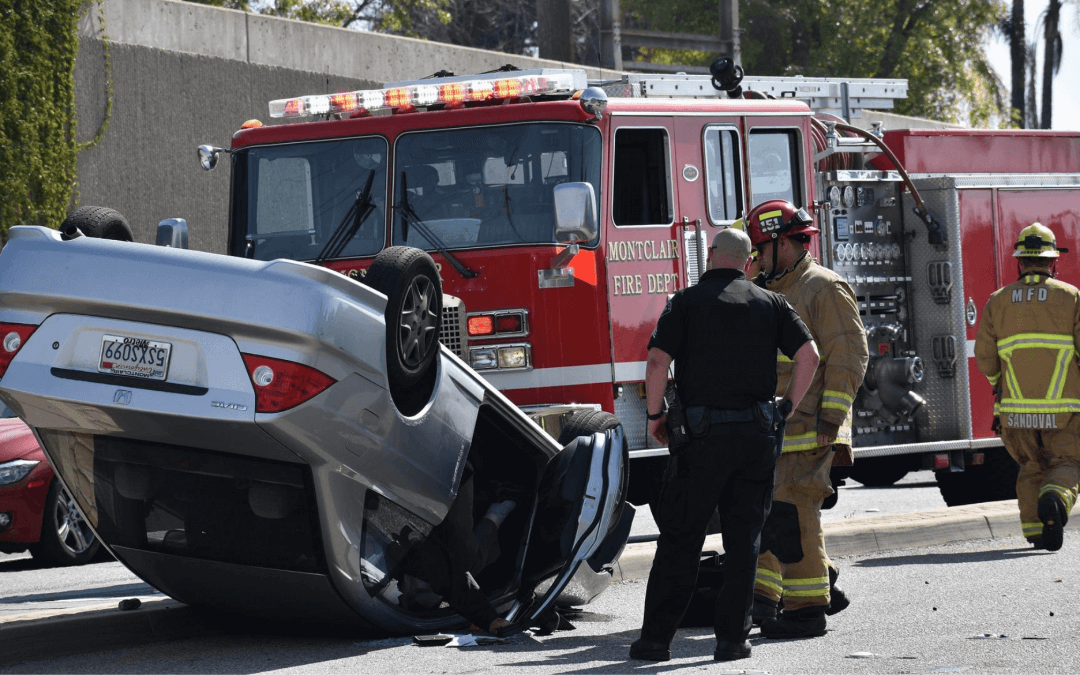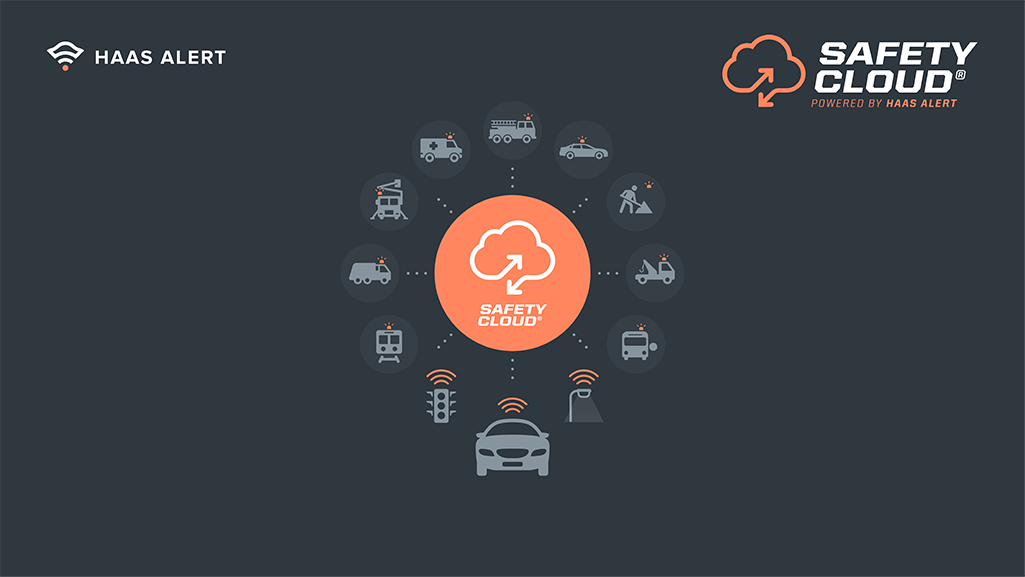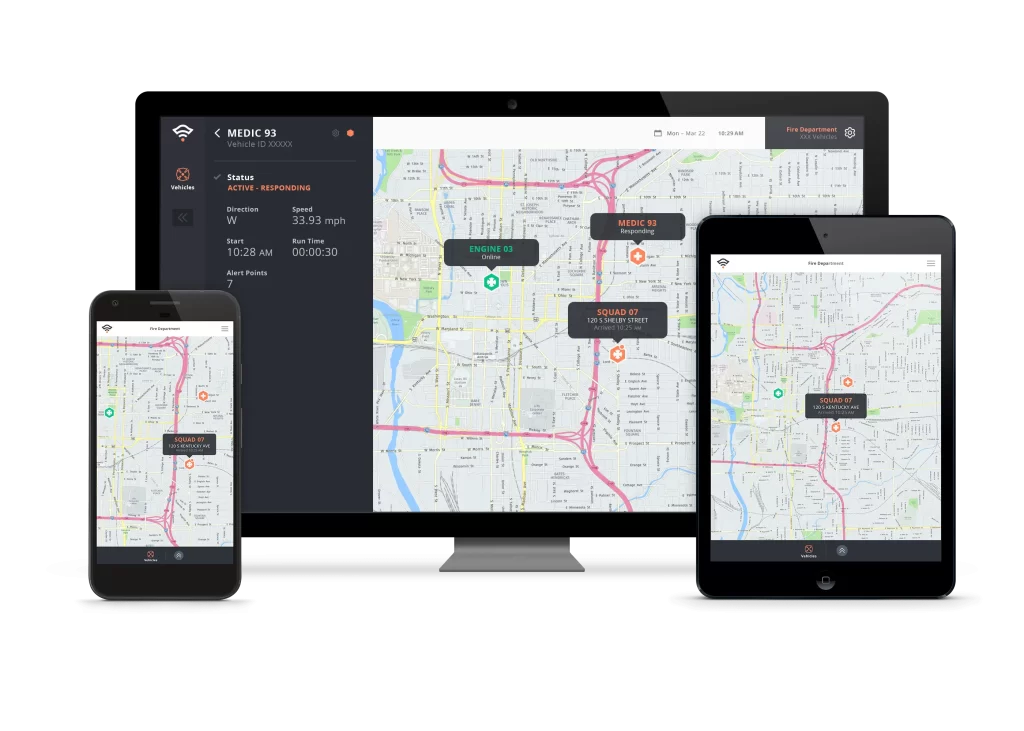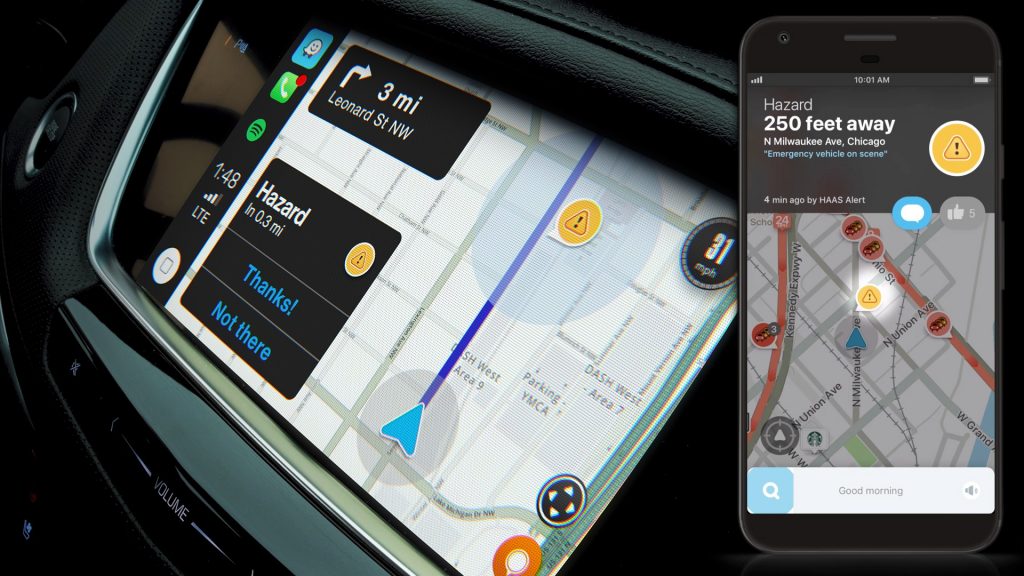Frontline workers and first responders are under enormous pressure, and sometimes, depending on the emergency, the pressure to help those in need will increase. During these situations, potential lack of efficiency, response structure and training will appear as fleets that are inexperienced or unprepared could make the wrong decisions. To ensure this never happens and that response teams are always ready, fleets responding to emergency scenarios must appropriately leverage telematics to boost training, overall safety and organizational efficiency.
The Stress of Responding to Natural Disasters
Natural disasters can be complicated. As they often come with little warning and have unpredictable outcomes, response teams must be prepared for almost anything on short notice. Recently in 2019, the US faced 108 fatalities and countless casualties as a result of natural disasters which included wildfires, housefires, floods or storm surges, tsunamis or hurricanes, avalanches or landslide, earthquakes, thunderstorms or heavy rain, hail, blizzards, ice storms as well as heavy snow. With so many possible emergencies happening, teams but prepare for the worst by using the best solutions.
What Solutions Forward-Thinking Teams Are Using
It is predicted for natural disasters to continue and even increase as a result of human error or climate change, therefore, responders must continue to update how they respond to these types of emergencies by using telematics.
With new technology such as GPS tracking and asset trackers, teams are leveraging location focused telematic solutions to prevent mistakes and monitor their response. Not only is this visible with knowing where teams are currently and where they may be dispatched, but also tracking what equipment is with which team member. For example, hydraulic rescue tools like spreaders, rams and shears (or otherwise known as the jaws of life) may be too large for every team to have in their vehicle. Meaning improved GPS location tracking can help ensure the right tools are sent promptly to the right emergency depending on the call.
GPS tracking solutions can even help to ensure that individuals, specifically drivers are taking enough time off between calls or shifts. Often there is a concern of working overtime which may result in tired driving and accidents. Recording hours-of-service (HOS) or length of time on call through GPS data can ensure proper documentation is kept.
Cameras that are facing both inside and outside of the vehicle are extremely beneficial for currency fleets. The footage collected is often used to reveal what happened while on-scene in terms of proper patient care and while travelling to a scene since first responders are required to drive fast to arrive quickly. Connected cameras can also help show proof or collect data to record time and routes of EMS events.
What a 360 Solution for First Responders Looks Like
With the aid of a telematics system, the problems that frontline workers face can be reduced or even eliminated. Here is a checklist every first responding fleet should go through when receiving their processes:
Is there proper communication between dispatchers and drivers?
Fleets can be equipped with software to provide drivers and dispatchers with firm communication. With good communication, dispatchers can easily guide their drivers through their tasks without risking mistakes. It will also help new drivers in being confident with the decisions they make and will prevent any overthinking during a critical situation.
Are dispatchers aware of all the asset locations and monitoring them?
GPS tracking solutions nowadays have the ability to allow dispatchers to get a real time update of the asset’s location. It can help in monitoring each and every step the driver takes, where they stop, where they speed and much more.
Is the fleet doing tasks that could be avoided with advanced technology available?
Improving the workflow of simple daily tasks with the help of telematics solutions can help efficiency and organizational structure in the fleet. A perfect example would include keyless entry that makes a fleet truly keyless by transforming mobile devices into keys.
Are all the assets in the fleet being well maintained?
Vehicles in first responder fleets often go through a lot as they are required to arrive to a scene no matter if a sideway, curb or rugged road is in their way. When this happens and proper maintenance is overlooked, vehicles are at risk for more breakdowns and shorter vehicles lifespans. Getting oil checks done at the right time, checking for battery faults, and other maintenance checks should be done at the right time without delay to prevent a reduction in a vehicle’s lifespan.
What the Future Holds for Telematics in First Response Fleets
With technology rapidly evolving, it’s only a matter of time before the following solutions will be possible. Having a good idea of what to expect in the future can help first responders stay a step ahead.
Communication between first responder fleets will definitely see improvement. It could be evolved to help other fleets increase their response rates. During a potential accident on the highway, when more than one first responding vehicle is required to approach the scene of the emergency, the team receiving the call for emergency can immediately inform the rest of the team. This can come in a variety of solutions, whether it’s build-in messaging or live in-vehicle verbal driver feedback like in the GOTALK – it can’t be overlooked.
Along with strong communication, having an automatic dispatching system like ZenduWork can increase efficiency. ZenduWork allows for easy dispatching and organization of routes, tasks, drivers and more. For example, in the case of a fire alarm being triggered, self-driving EMS vehicles and fire trucks can be dispatched. Upon arrival, the public can use the equipment in the vehicles to resolve the issue on their own.
With growing telematic solutions, first responders must take full advantage of these resources to improve public and fleet safety, as well their efficiency. Not only can it ensure their safety and proper use of resources, but it will help the public who are affected by the emergency. To learn more about how GoFleet can help implement the right solutions your fleet, depending on your current and future needs, contact us today.
